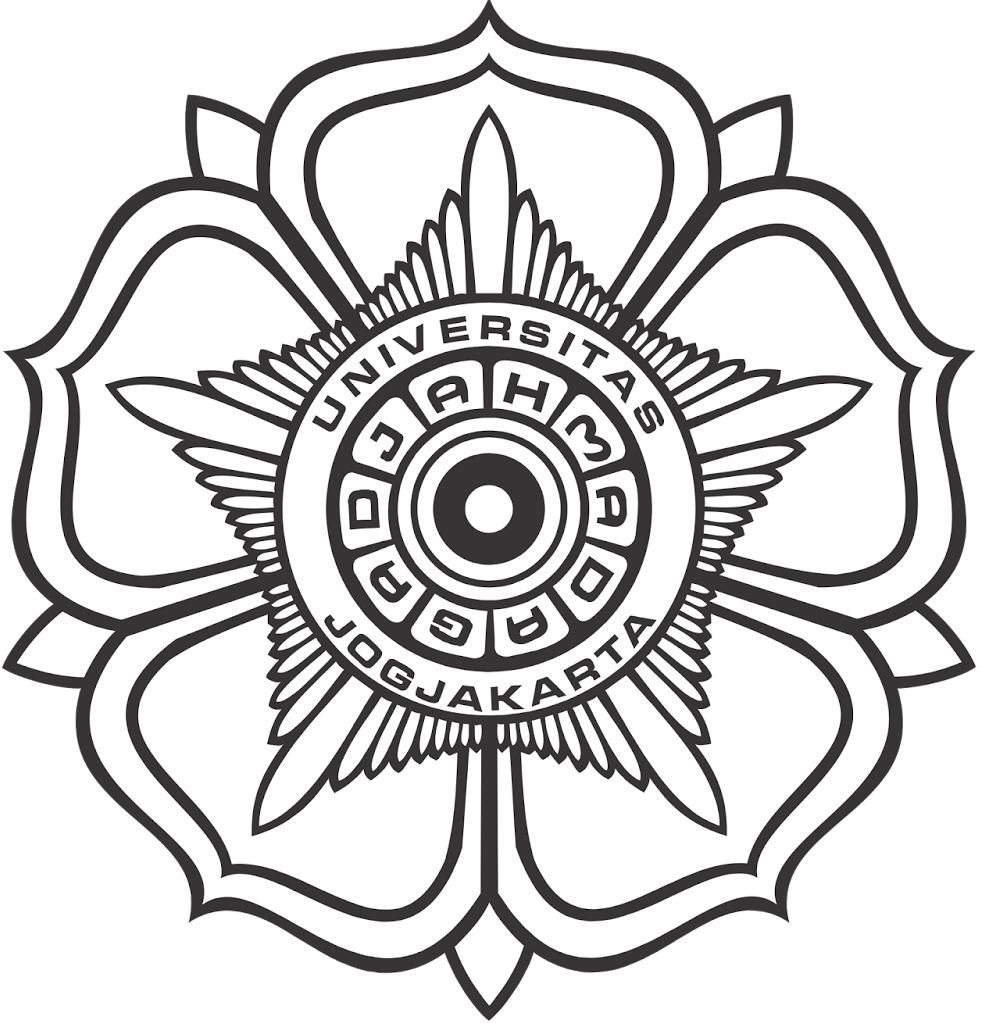Antiproliferative Effect of The Bark and Leaves of Erythrina Fusca Lour Against HeLa Cells
Abstract
Erythrina fusca Lour (Indonesian: Cangkring) has been traditionally used to cure skin virus infection, cancer and inflammation. This experiment, therefore, was conducted to test its ability as anticancer through its antiproliferative effect using HeLa examine cell line as model. The bark and leaves powder were extracted using ethanol (70 %) and were used in the experiment after freezed drying. Those bark and leaves extracts have LC50 values of 110 and 140 mg/ml respectively. Antiproliferative effect was tested by examining the doubling time effect of the extract against the proliferating cells. Three different concentration were used to treat the cells for each extract, and cells were counted within time courses. The growth profiles were then compared between treated and control cells by calculating the doubling times. Either bark and leaves extract treated cells showed prolongation of the doubling times. This result indicated that such extract possess inhibitory effect or Antiproliferative effect against HeLa cells. Morphology analysis and nuclear staining of the cells indicated that one of the mechanism of the antiproliferative effect possibly through cell cycle modulation and apoptotic pathway.
Keywords: Erythrina fusca, Antiproliferative, Doubling time, HeLa Cell
Full Text:
UntitledReferences
Cardenas, E.E., Sanfridson, A., Cutler, N.S., and Heitman, J., 1998, Signal-transduction cascades as Target for Therapeutic Intervention by Natural Products, Tibtech, 16, 425-428.
Cassady, J.M., Baird, W., and Chang, C.J., 1990, Natural Products as a Source of Potential Cancer Chemotherapeutic and Chemopreventive Agents, Journal of Natural products, 53 (1), 34.
Chow, CS., and Bogdan, FM., 1997, A Structural Basis for RNA-Ligand Interactions, Chemical Revievs, 97 (%), 1486-153
Chulia, C., 2001, Flavonoids: Structural Requirements for Antiproliferative Activity on Breast Cancer Cell Lines, Bioorg. Med. Chem. Lett. 11, 3095-3097.
Dean, M., 1998, Cancer as a Complex Developmental Disorder, Cancer Res 58, 5633-5636.
Desaintes, C., Goyat, S., Garbay, S., Yaniv, M., and Thierry, F., 1999, Papillomavirus E2 Induces p53-independent Apoptosis in HeLa Cells, Oncogene 18, 4583-4545.
Field, S.J., Tsai, F.Y., Kuo, F., Zubiaga, A.M., Kaelin, Jr, W.G., Livingston, D.M., Orkin, S.H., Greenberg, M.E., 1996, E2F Functions in Mice to Promote Apoptosis and Suppress Proliferation, Cell, 85, 549-561.
Gibbs, J.B., 2000, Mechanism-Based Target Identification and Drug Discovery in Cancer Research, SCIENCE, 287, 1970.
Hanahan, D., and Weinberg, R.A., 2000, The Hallmarks of Cancer, Cell, 100, 57-70.
Hanif, R., Qiao, L., Shiff, S.J., and Rigas, B., 1997, Curcumin, a Natural Plant Phenolic Food Additive, Inhibits Cell Proliferation and Induces Cell Cycle Changes in Colon Adenocarcinoma Cell Lines by a Prostaglandin- independent Pathway, J. Lab. Clin. Med., 577,579.
Harborne, 1987, Metode Fitokimia, diterjemahkan oleh Kosasih Padmawinata dan Iwang Soediro, Penerbit ITB, Bandung, 13.
Meiyanto, E., Hoshijima, M., Ogawa, T., Ishida, N., and Takeya, T., 2001, Osteoclast Differentiation Factor Modulates Cell Cycle Machinery and Causes a Delay in S Phase Progression in RAW264 Cells, Biochem Biophysic Res Comm 282, 278-283.
Pillay, C.C.N., Jager, A.K., Mulholland, D.A., and Staden, J.V., 2001, Cyclooxygenase Inhibiting and Antibacterial Activities of South African Erythrina Species, Journal of Ethnopharmacology, 74 (3), 231-237.
Sasaki, S., 2001, Development of Novel Telomerase Inhibitors Based on A Bisindole Unit, Bioorg. Med. Chem. Lett. 11, 583-585.
Shapiro, G.I., and Harper, J.W., 1999, Anticancer Drug Targets: Cell Cycle and Checkpoint Control, J. Clin. Inves, 104(12), 1645-1653.
Sismindari, Yuswanto, Ag., Susanti, L., Ngolady, D., 2001, Effects of Aqueous and Methanol Extract of Erythrina fusca Lour. on DNA topoisomerase II, J. of. Biotechnology, inpress.
Weinberg, R.A., 1996, How Cancer Arises, Sci. Am., September, 62-69.
DOI: http://dx.doi.org/10.14499/indonesianjpharm0iss0pp124-131
Refbacks
- There are currently no refbacks.
Copyright (c) 2017 INDONESIAN JOURNAL OF PHARMACY

This work is licensed under a Creative Commons Attribution-ShareAlike 4.0 International License.
Indonesian J Pharm indexed by:







































